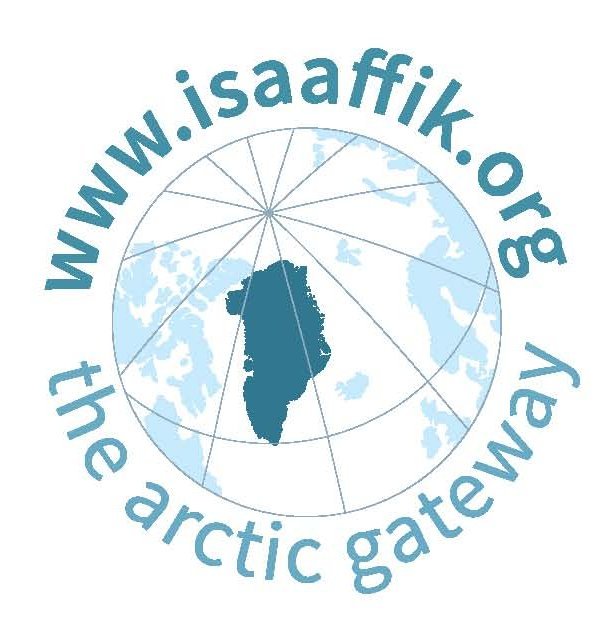Observation Facility Catalogue
The Observation Facility Catalogue has been developed to provide an overview of the observation facilities which collect SIOS data. An observation facility can be one instrument or a collection of instruments, e.g. a weather station, and is a term used by the World Meteorological Organization (WMO). The annotation is standardised following the WMO standards as far as possible, in order to make entries unambiguous and interoperable internationally.
- About OFC
-
The purpose of the catalogue is to make better use of the existing research infrastructure by facilitating the search for given parameters and their location. In this way, duplication can be avoided and new measurements can be co-located with existing ones. The catalogue may also be used to gain a simple overview of collected parameters and how to access the data. The search interface allows users to search for GCMD keywords or to filter by status, type or observatory. The map interface may be used to search in a particular area.
The catalogue was developed by the Norwegian Meteorological Institute, with input from a task force consisting of representatives from the Norwegian Polar Institute and the Alfred Wegener Institute. NySMAC members and RICC gave valuable input on the test version.
- How to add observation facilities
-
To enter data in the Observation Facility Catalogue, you must be logged in and have assigned the role "RI responsible" by the administrator. Please contact the Observing Network Infrastructure Officer to have this role assigned to your account.
SUBMIT DATA TO THE OBSERVATION FACILITY CATALOGUE
More information: How to enter data into the Observation Facility Catalogue (pdf)
- Integration of GIOS infrastructures
-

In addition to the SIOS records, this catalogue has the option to display research infrastructures from the Greenland Integrated Observing System (GIOS). The default view displays only SIOS research infrastructures. To see GIOS research infrastructures, use the menu to the right to filter. Records are fetched from the Isaaffik website.
- How to use the REST Export endpoint
-
The REST endpoint (see the right panel below the filters), can be used to query the catalogue in a machine-readable way. See an example on how to query the json endpoint in this notebook:
| Observation Facility | Variables | Contact | Additional Information |
|---|---|---|---|
| Long-term atmospheric precipitation monitoring in Hornsund region (Ariebreen) | |
Adam Nawrot
anawrot@igf.edu.pl Institute of Geophysics, Polish Academy of Sciences |
Type: not applicable
Status: Operational Site info: Ariebreen - 0.5 km long glacier between Skoddefjellet and the northern part of Ariekammen, southernmost in Wedel Jarlsberg Land. Core data: No |
| Long-term atmospheric precipitation monitoring in Hornsund region (Arieskaret) | |
Adam Nawrot
anawrot@igf.edu.pl Institute of Geophysics, Polish Academy of Sciences |
Type: not applicable
Status: Operational Site info: In 2015, the Polish Polar Station Hornsund monitoring programme was expanded to include an additional sample spot – Arieskaret, located at the 390 m a.s.l. Arieskaret - Pass between Fugleberget and Ariekammen southernmost in Wedel Jarlsberg Land. Core data: No |
| Long-term atmospheric precipitation monitoring in Hornsund region (Fuglebekken) | |
Adam Nawrot
anawrot@igf.edu.pl Institute of Geophysics, Polish Academy of Sciences |
Type: land platform (fixed)
Status: Operational Site info: Since 2004, snow and rain samples have been collected in the Fuglebekken catchment in close vicinity of the Polish Polar Station Hornsund. Core data: No |
| Long-term atmospheric precipitation monitoring in Hornsund region (Hansbreen) | |
Adam Nawrot
anawrot@igf.edu.pl Institute of Geophysics, Polish Academy of Sciences |
Type: not applicable
Status: Operational Site info: Hansbreen - major glacier north of Hornsund, south in Wedel Jarlsberg Land. Core data: No |
| Long-term atmospheric precipitation monitoring in Hornsund region (summer) | |
Adam Nawrot
anawrot@igf.edu.pl Institute of Geophysics, Polish Academy of Sciences |
Type: land platform (fixed)
Status: Operational Site info: Between June and September, rain precipitation samples are collected every month from rain gauges located around the Hornsund fiord. Usually Bogstranda, Lorchbreen valley, Bautabreen valley, Gåshamna and Lisbetdalen. The totalizer rain gauges are located in the seacoast region. Core data: No |
| Long-term hydrochemical and hydrological monitoring in Hornsund region (Ariebekken) | |
Adam Nawrot
anawrot@igf.edu.pl Institute of Geophysics, Polish Academy of Sciences |
Type: lake/river platform (fixed)
Status: Operational Site info: The Polish Polar Station Hornsund (Institute of Geophysics, Polish Academy of Sciences) is running long-term hydrological and hydrochemical monitoring in the Hornsund region. In 2014, the monitoring programme was expanded to the glacierized Ariedalen catchment (Ariebekken river). Ariebekken - brook from Ariebreen through Ariedalen and debouching in Ariebukta, Hornsund, southernmost in Wedel Jarlsberg Land. Core data: No |
| Long-term hydrochemical and hydrological monitoring in Hornsund region (Fuglebekken) | |
Adam Nawrot
anawrot@igf.edu.pl Institute of Geophysics, Polish Academy of Sciences |
Type: lake/river platform (fixed)
Status: Operational Site info: The Polish Polar Station Hornsund (Institute of Geophysics, Polish Academy of Sciences) is running long-term hydrological and hydrochemical monitoring in the Hornsund region. Since 2010, monitoring has included water samples collection and discharge measurements within the non-glacierized Fuglebekken catchment (Fuglebekken brook). Fuglebekken - brook running below Fugleberget along the western marginal moraine of Hansbreen to Isbjørnhamna, southernmost in Wedel Jarlsberg Land. Core data: No |
| Low frequency radio receiver | |
Fuminori Tsuchiya
tsuchiya@pparc.gp.tohoku.ac.jp National Institute for Polar Research |
Type: land platform (fixed)
Status: Operational RIS ids: 3688 Core data: No |
| Lunar PFR, Sverdrup Station, Ny-Ålesund | |
Kerstin Stebel
kst@nilu.no Norwegian Institute for Air Research |
Type: land platform (fixed)
Status: Operational SIOS project: SIOS-InfraNor RIS ids: 11400, 11222 Core data: Yes |
| Magnetometer | |
Magnar Gullikstad Johnsen
Magnar.G.Johnsen@uit.no UiT The Arctic University of Norway |
Type: land platform (fixed)
Status: Operational RIS ids: 6083 Site info: TGO web-pages (http://flux.phys.uit.no/geomag.html); IMAGE network (space.fmi.fi/image/beta/); SuperMAG (http://supermag.uib.no/); World Data Centers for geomagnetism (http://www.wdc.bgs.ac.uk/ Core data: No |



























